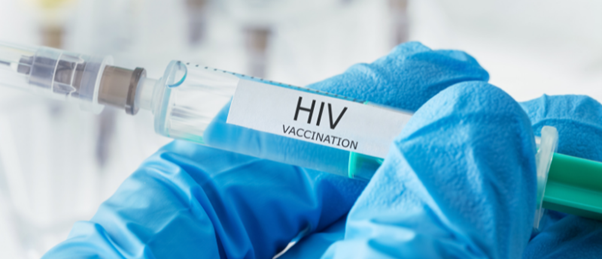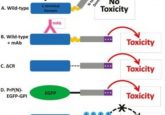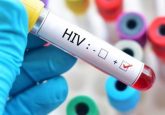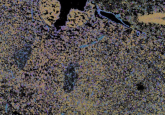DNA-encoded immunogens: the next step forward in HIV vaccine research

Researchers demonstrate the value of nucleic acid technology in encoding immunogens capable of eliciting tier-2 neutralizing antibodies against HIV in the race to develop a HIV vaccine.
In a new study by researchers at The Wistar Institute (PA, USA), the HIV Envelope (Env) protein was stabilized into a unique native-like trimer (NLT) that elicited tier-2 neutralizing antibodies in mice. These antibodies are capable of neutralizing HIV-1 strains that are difficult to neutralize (tier 2) as a result of their ENV proteins existing in a closed conformation, making epitopes of the protein less accessible. The development of these antibodies is; therefore, a high priority to target with vaccines. Led by Ziyang Xu, the study demonstrated that the DNA-encoded NLT produced a more advanced immune response in mice in comparison with standard protein immunization. The study exemplifies the potential of nucleic acid technology in creating a viable HIV vaccine.
In previous studies, immunizations with NLTs have failed to induce neutralizing tier-2 antibodies in mice. Similar experiments have been long and expensive, which has hindered new HIV vaccine development.
“With our new finding, we have opened the door to rapid, iterative vaccinology in a model that can produce tier-2 neutralizing antibodies, enabling development of more advanced HIV vaccine concepts,” explained senior author Daniel Kulp.
 A better flu vaccine and no needles necessary? Tell me more!
A better flu vaccine and no needles necessary? Tell me more!
Researchers have developed an effective nanoparticle nasal flu vaccine, which offers wider protection than current vaccines.
Utilizing nucleic acid technology, the Env NLT was encoded into DNA that was delivered into mice via vaccination. This method removes the complex vaccine manufacturing process required to generate the NLT by allowing the host cells to create the immunogen themselves using the information encoded by the DNA.
Results revealed that only mice who received the DNA-encoded NLT developed tier-2 neutralizing antibodies. Mice who received a standard protein immunization didn’t develop the tier-2 neutralizing antibodies so important for combatting HIV. “We were able to generate strong immune responses with both platforms, but the DNA platform uniquely drove this neutralizing response,” Kulp noted.
Next, the team isolated monoclonal antibodies from the mice and used cryo-electron microscopy to analyze the atomic structure of an important tier-2 neutralizing monoclonal antibody. They discovered that the antibody could bind to a segment of protein on the NLT antigen – known as an epitope – called C3V5. Antibody binding to C3V5 has proven very effective in the protection of non-human primates against related viruses, such as SHIV, in previous studies.
“What we’ve done is enable direct in vivo self-assembly of structurally designed immunogens, which are engineered and delivered using nucleic acid technology, inside the vaccinated animal. Our data demonstrating induction of autologous tier-2 neutralization illustrate the value of this approach as a tool to create surgically tailored immunity against a difficult pathogen’s vulnerable sites, in this case for HIV,” emphasized co-author David Weiner.
The team highlight that not only can DNA vaccines provide functional immunity against HIV but also have significant cost and speed advantages over other vaccine technologies, holding promise for the faster production of new HIV vaccines.





